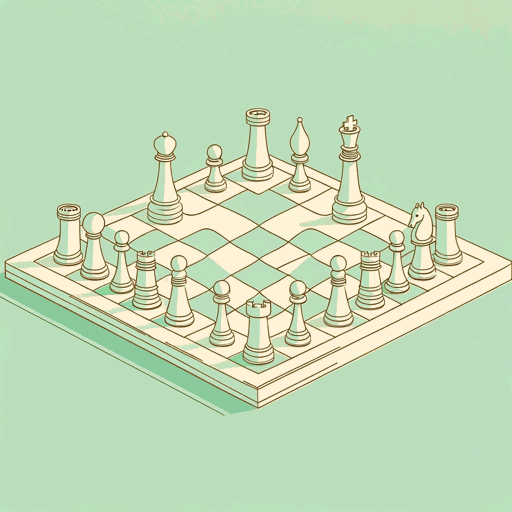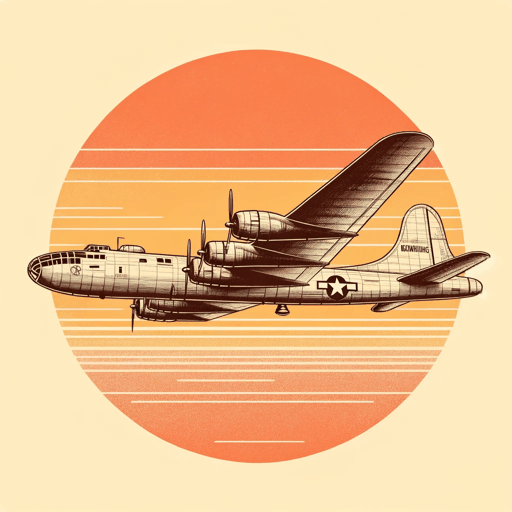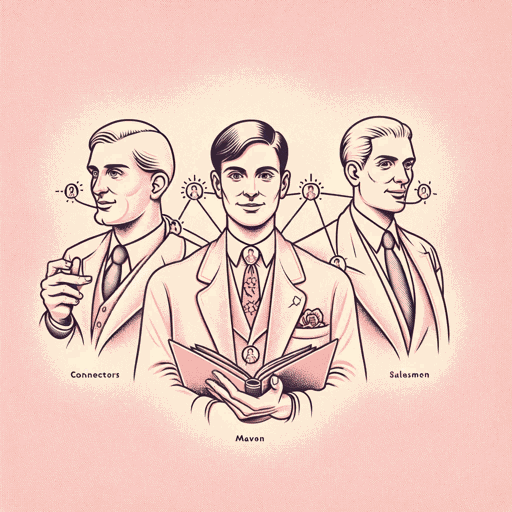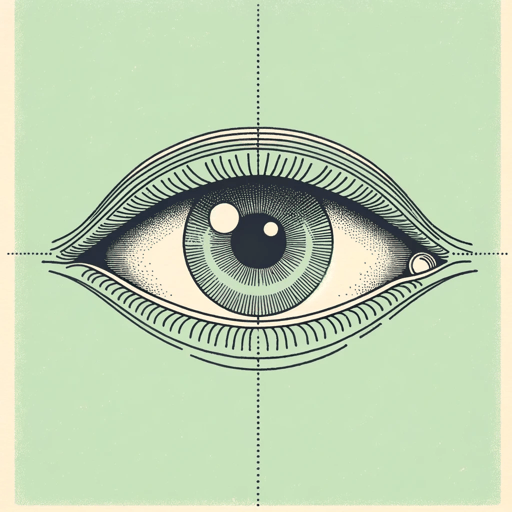61 pages • 2 hours read
Malcolm GladwellWhat the Dog Saw: And Other Adventures
Nonfiction | Book | Adult | Published in 2009A modern alternative to SparkNotes and CliffsNotes, SuperSummary offers high-quality Study Guides with detailed chapter summaries and analysis of major themes, characters, and more.
Symbols & Motifs
Dogs
Dogs, the titular animal of Gladwell’s book, are a primary symbol of how other minds—in other words, minds that are not our own—think. In his work, these four-legged creatures represent ways of knowing and interpreting the world that are radically different from humans. His essays “What the Dog Saw” and “Troublemakers” argue for a dog-centered perspective on canine behavior and canine-human interactions.
US and Canadian citizens, who often dote on their dogs like children and in extreme cases bear their bite marks on their skin like battle scars, think that the problem lies with the breed or individual temperament of a dog. Blanket bans on particular breeds arise from this misconception, and even hard-line stances like Ontario’s pit-bull ban run into a human-created problem: the way we have bred pit bulls over the decades means that it is difficult to draw the line between what constitutes a true pit bull and what has been hybridized enough to divest the dog of its characteristics. Moreover, Gladwell’s research has shown that the breed of dog that is most dangerous to humans changes with the generations. For example, in the 1970s, Dobermans were most responsible for human fatalities, and pit bulls did not make it into the statistics, whereas in the 2000s, the conditions were reversed.
Related Titles
By Malcolm Gladwell

Blink: The Power of Thinking Without Thinking
Malcolm Gladwell

David and Goliath: Underdogs, Misfits, and the Art of Battling Giants
Malcolm Gladwell

Outliers
Malcolm Gladwell

Talking to Strangers: What We Should Know About the People We Don’t Know
Malcolm Gladwell

The Bomber Mafia: A Dream, a Temptation, and the Longest Night of the Second World War
Malcolm Gladwell

The Tipping Point: How Little Things Can Make a Big Difference
Malcolm Gladwell

